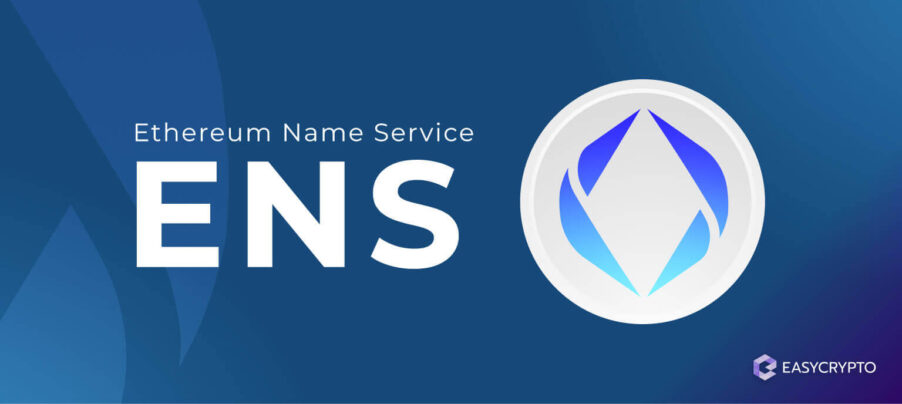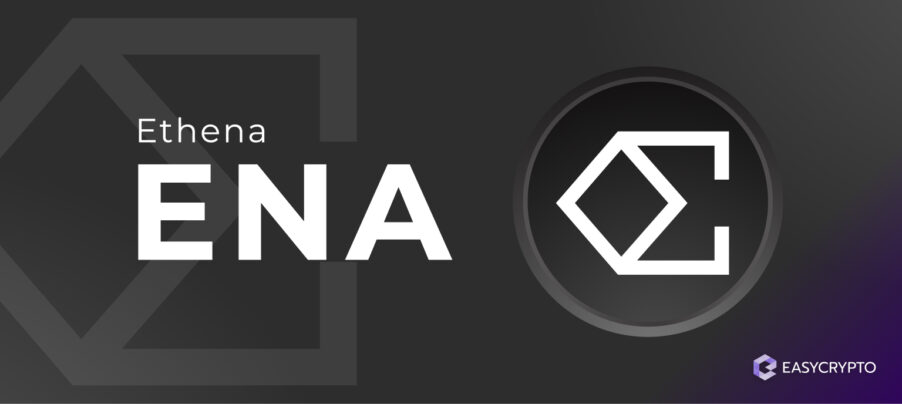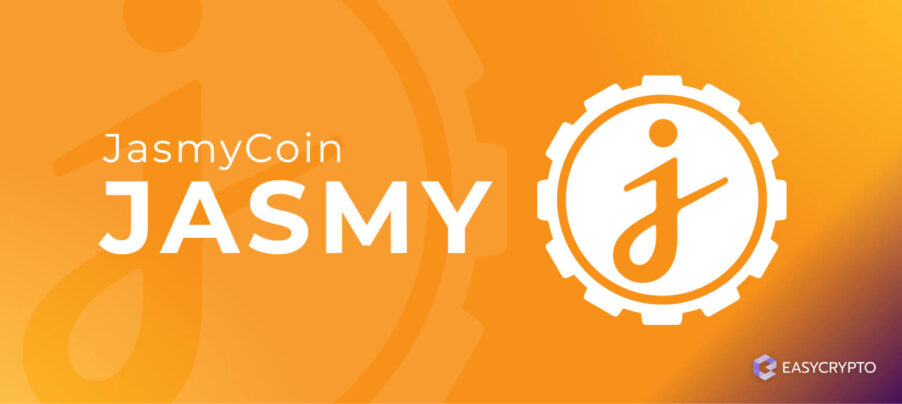What is DeFiChain? The Blockchain for DeFi Explained
DeFiChain (DFI) is a blockchain, optimised for DeFi applications. It is incredibly fast, secure, and is resistant to hard forks through refined governance.
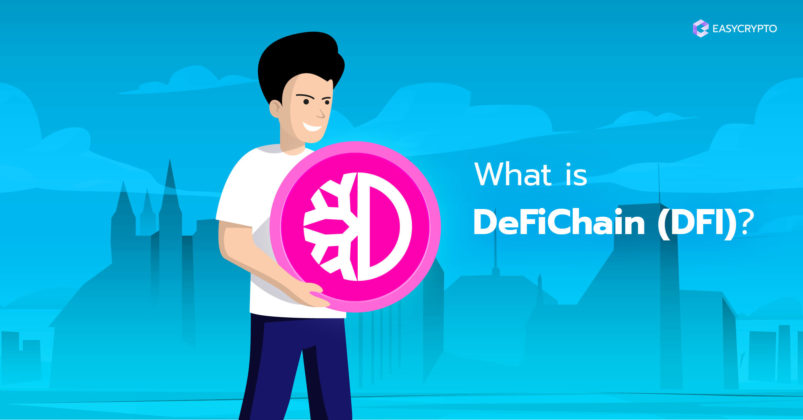

In early 2020, many businesses suffer due to the global pandemic. However, the financial sector proved to be resilient, as more people began to take interest in participating in the financial markets, such as the stock and crypto markets.
Supported by blockchain technology, decentralised finance services (also known as DeFi) have also taken off to new and exciting heights. Unfortunately, despite the great enthusiasm, users and developers have long discovered a set of problems that could still stint the growth of DeFi — scalability, security, and decentralisation.
DeFiChain, a blockchain innovation that was optimised for DeFi, has offered possible solutions to these problems. What makes DeFiChain so special? Continue reading this article to find out.
Key takeaways
- DeFiChain aims to improve accessibility for decentralised financial services to the general masses, including individuals, businesses, and future devices – making it easy for everyone to truly have autonomy and freedom of their finances.
- DeFiChain uses Proof of Stake (PoS), which is a significantly more efficient protocol when compared to Bitcoin’s Proof of Work. It also allows DeFiChain to tackle the scalability issues that blockchain technology presents.
- The DeFiChain network currently runs over 10,000 masternodes globally and is maintained by the a continually growing community.
Related: What is blockchain technology?
What is DeFiChain?
DeFiChain is a software platform that is supported by a distributed network of computers, dedicated for fast transactions, in addition to being transparent and accessible to anyone and anywhere.
Specifically, DeFiChain was built to support financial services, such as borrowing, lending, investing, saving, and everything else that a commercial bank can do. The difference between DeFiChain and a banking network is that DeFiChain is decentralised.
This means that no single authority or entity can control the network and that anyone can participate to run the network’s protocol on their own private computers. Running the network’s protocol supports the network as a whole, and individuals who do so are rewarded with the DFI cryptocurrency as payment.
Read more: What is a cryptocurrency?
What is DFI token?
DFI is the native cryptocurrency of the DeFiChain network. The network allows the creation and issuance of digital currencies or tokens, from tokens that represent the US dollar, a share of stock, a company’s dividend, an ownership certificate to a real-world asset, and more.

These tokens circulate the network as non-native tokens. However, the DFI is the one cryptocurrency in the DeFiChain network that is used to pay for token transfers, token creations, voting, lending, providing collateral for borrowing, and staking — more on this later.
Learn more: What is the difference between a cryptocurrency and token?
Why was DeFiChain invented?
You must be familiar with Bitcoin and Ethereum. These are two of the world’s biggest blockchain networks — Bitcoin being the oldest blockchain network to date, and Ethereum is known as the first blockchain network that allows apps to be built on top of it.
Why does the world need another blockchain, you ask? Because while Bitcoin and Ethereum led the way to the existence of decentralised finance, the networks have severe limitations.
Bitcoin is praised for its long-standing security record, but cannot do more than simple transactions of bitcoins between two parties. On Ethereum, developers can build applications that can execute more complex transactions (like borrowing and lending), but cannot scale to accommodate an increasing number of on-chain activities.
Using some of the modern innovations in blockchain, DeFiChain is able to solve for scalability, security, and fair governance to continuously improve the network.
Learn more: What is Ethereum?
DeFiChain solves DeFi scalability problems
In a distributed network where no one controls the network, individual computers (called network nodes) must agree on the same state of the network. Conflicting information must be resolved effectively through network consensus.

In both Bitcoin and Ethereum, the consensus is reached by listening to the first node that solves a cryptographic hash puzzle — this node then takes the lead to determine the state of the network. It is practically impossible for the same node to take the lead for many consecutive turns. This consensus protocol is known as Proof of Work (PoW).
PoW introduces a high-security distributed system but at the expense of transaction speeds. Bitcoin takes 10 minutes to bundle and verify 2700 transactions (its block time is 10 minutes). The block time for Ethereum is a considerable improvement of 13 seconds and is able to verify 7 times more transactions than Bitcoin.
DeFiChain uses a different consensus protocol known as Proof of Stake (PoS), where the network picks a random network leader for a given block time to determine the next state of the network. PoS is more energy-efficient compared to PoW, and can be scaled to meet the required network bandwidth.
In order to become a network leader, nodes must deposit 20,000 DFI into the network’s treasury system and obtain the title of a masternode. This practice is known as staking, and staking is incentivised with a reward system.
DeFiChain solves DeFi security problems
Over the years, many developers have chosen Ethereum as the most expansive DeFi network. However, history shows that some DeFi applications have experienced hacks, where attackers discover a loophole or bug in the apps’ smart contracts.
DeFiChain’s smart contract programming language is considered a safer option as it is non-Turing complete. This approach to smart contract security is not unique, and there are other blockchains such as Zilliqa that offer non-Turing complete programming languages for this purpose.
The next level of security comes from Bitcoin itself. Even though the Bitcoin network fails to meet the required transaction speeds for most DeFi applications, it is still praised as the most resilient network to date.
Every few minutes, DeFiChain takes a cryptographic “snapshot” of the network’s most current state and saves it on the Bitcoin blockchain, a bit like backing up your computer on the cloud. This action is known as anchoring, so DeFiChain is anchored to Bitcoin for security reasons.
Finally, another layer of security is added through the robustness of the Proof of Work mechanism. Although Proof of Stake is the network’s consensus protocol, Proof of Work proves useful for labeling blocks with unique hash IDs.
Proof of Stake can efficiently pick out the block leader and achieve consensus, however constructing the blockchain will not be enough without including the unique hash ID. This can be generated from a competing set of nodes, whose primary task is to provide a cryptographic security layer on the blockchain.
DeFiChain solves governance problems
Governance is not often regarded as a crucial problem by most crypto investors. However, for a cryptocurrency network to stay relevant in the future, it needs to evolve and adapt to meet the demands of the users.
Most older blockchains like Bitcoin and Ethereum are so robust in their security and community involvement, that changes made to the main functionalities of the blockchain can potentially lead to network splitting, also known as hard fork.
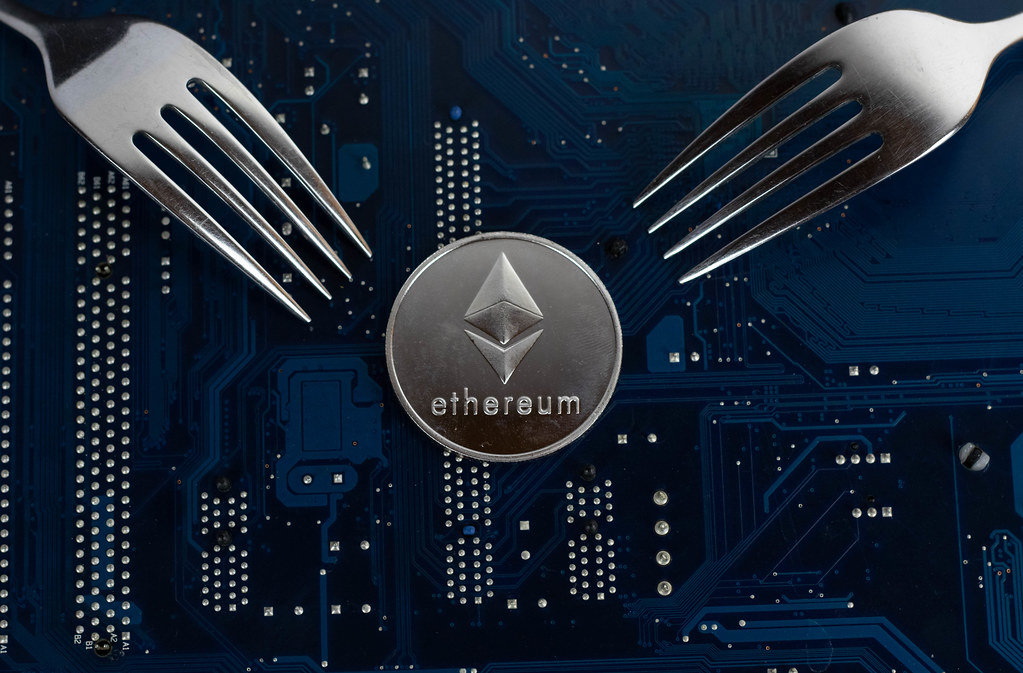
The most notable hard fork was experienced by Ethereum when an event known as the DAO hack caused a dilemma to befall on the Ethereum Foundation and its community.
In the current version of Ethereum, the network developers decided to do the opposite of what Ethereum stood for — decentralised and independent of politics. Those who opposed this move committed to a hard fork to produce Ethereum Classic.
To avoid hard forks, DeFiChain refined its governance system by allowing community stakeholders to vote on DeFi Improvement Proposals (DFIPs). Some amount of DFI currencies are needed to vote, and exactly 500 DFI is required to submit a proposal.
Masternodes get to vote on improvement proposals. This is because they have a deposit of 20,000 DFI at stake, and must vote on the most profitable proposals they could think of.
Each masternode counts as one vote, and voting is usually done on GitHub, an open-source repository for programming files. Voting is carried out by signing a message with a digital signature that is unique to each masternode.
Through this system of fair and democratic governance, DeFiChain can change according to the best interest of the users and the stakeholders.
Takeaways
Most DeFi projects sell their tokens through an initial coin offering (ICO) to help raise funds. Although this system has worked for years for some of the most successful projects, some critics suggest that ICOs can cause an unfair distribution of coins or tokens, with a major proportion having been owned by the founders themselves.
DeFiChain does not participate in an ICO. Although some DFI had been pre-minted before the network became open-source, this was meant to support the initial operating costs of the network.
If you take a look at the future projection of how the DFI coins will be distributed, a majority of them will be earned by masternodes through staking rewards.
Nodes that provide a cryptographic security layer (also known as miners), also receive a portion of DFI coins through mining rewards.
Furthermore, DeFiChain is already a working model for various DeFi applications. Most notably, the DeFiChain DEX, a decentralised token exchange, is fully operational with thousands of participants taking part to buy, sell, swap, borrow, lend, and stake various tokens across the DeFi ecosystem.
A notable contender of DeFiChain DEX is Uniswap, which was built on Ethereum. The main weakness of Uniswap is that it must comply with the limitations of the Ethereum network. DeFiChain DEX, on the other hand, is practically limitless in this regard.
How to buy DeFiChain (DFI)
That being said, what are your own thoughts on DeFiChain?
If you’re feeling bullish on the technology and innovations that DeFiChain brings to the crypto space, consider adding it to your investment portfolio.

Get started with DeFiChain: Invest in DeFiChain (DFI) with Easy Crypto.
DeFiChain (DFI) is just one of over 160+ crypto assets that we offer at Easy Crypto. Our collection cryptocurrencies include metaverse, NFT tokens, stablecoins, and more.
Check the latest rates: Use our crypto converter tool to check the latest rates for DFI.

Pro tip: you can preview the conversion rates for any crypto in our collection by going to our complete list of crypto assets.
We’ve got a handy YouTube guide for purchasing crypto on our platform. Check it out below!
Feel free to reach out to us with any inquiries and questions you may have! We are always ready to help.
For more topics on all things crypto explore the articles on our learning hub at Easy Crypto.
Share to
Stay curious and informed
Your info will be handled according to our Privacy Policy.
Make sure to follow our Twitter, Instagram, and YouTube channel to stay up-to-date with Easy Crypto!
Also, don’t forget to subscribe to our monthly newsletter to have the latest crypto insights, news, and updates delivered to our inbox.
Disclaimer: Information is current as at the date of publication. This is general information only and is not intended to be advice. Crypto is volatile, carries risk and the value can go up and down. Past performance is not an indicator of future returns. Please do your own research.
Last updated October 10, 2024



